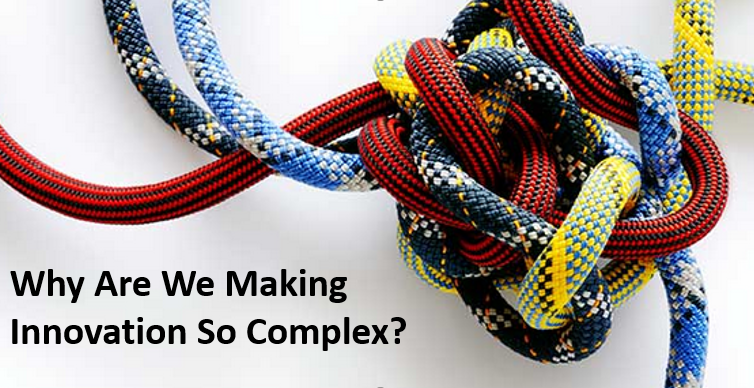 It always amazes me how we limit growth by not investing fully in innovation. While most large companies want to become more agile and innovative, many of them fail to turn this wish into a reality.
It always amazes me how we limit growth by not investing fully in innovation. While most large companies want to become more agile and innovative, many of them fail to turn this wish into a reality.
There is this consistent need or pressure to grow, yet that specific needle stays stubbornly stuck in low growth numbers, even with all this innovation talk and desire. Why is that? We know you simply grow a business by choosing a mix of investing in innovation, merger, and acquisitions or releasing your resources into more profitable activities. Innovation as a dedicated activity still sits uncomfortably within many organizations.
To try and catalyze growth, companies undergo perennial reorganizations, often to revitalize themselves. According to a Deloitte report, 50 percent of companies are undergoing an organizational transformation, yet only 11 percent think they will succeed. What’s worse, 70 percent of transformation programs do fail. In these failures, we only seem to continue to layer on complexity as a further stop-gap measure.
It is no wonder we’re growing increasingly pessimistic about making a positive change to a different transforming model within organizations. Without innovation taking a more leading transforming role, most of our established companies will continue to struggle to break out of their existing approach to business. Far too many are mired in a past business mindset. Continue reading “Why Are We Making Innovation So Complex?”


